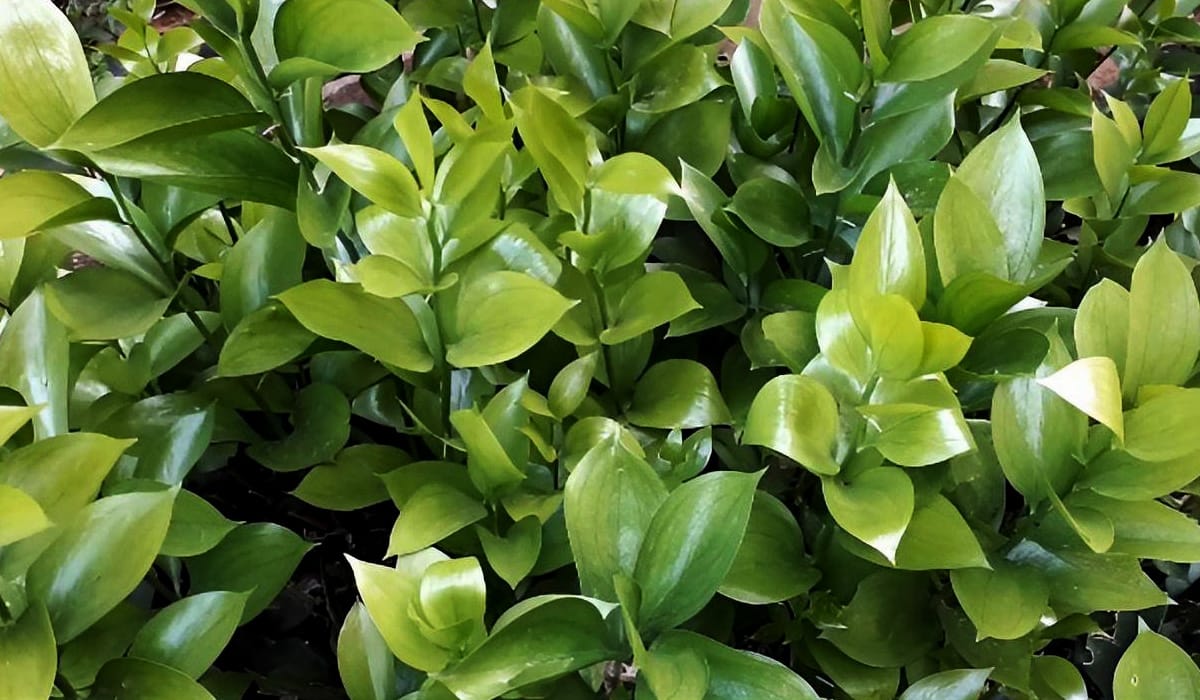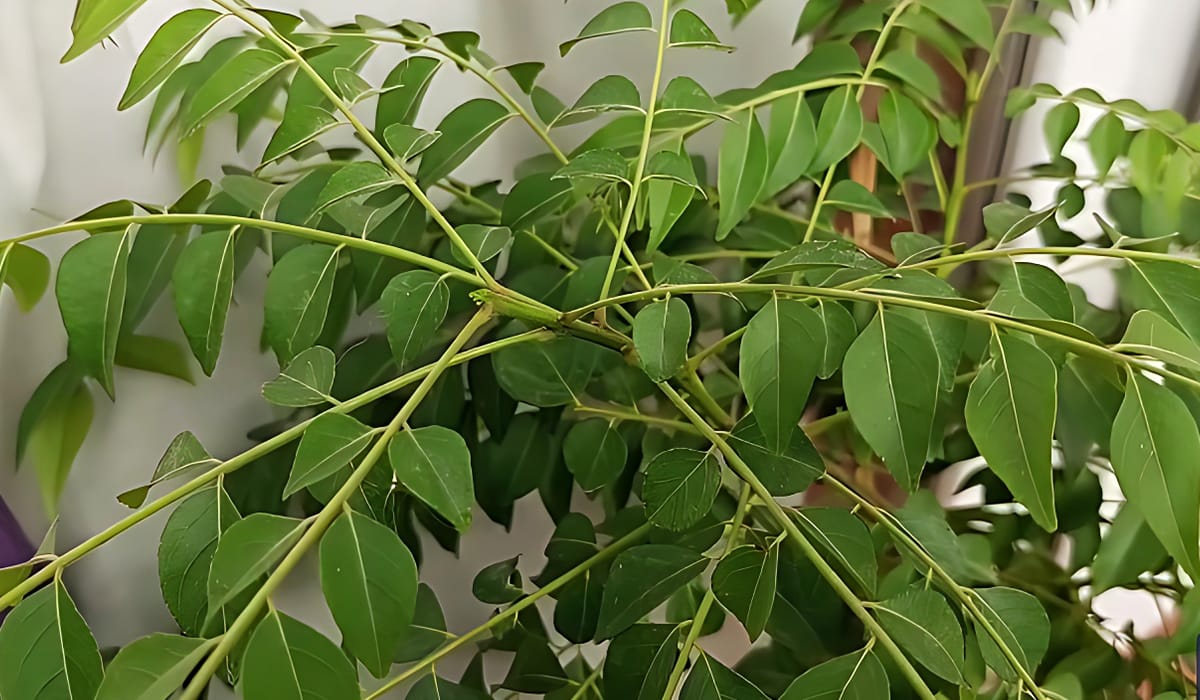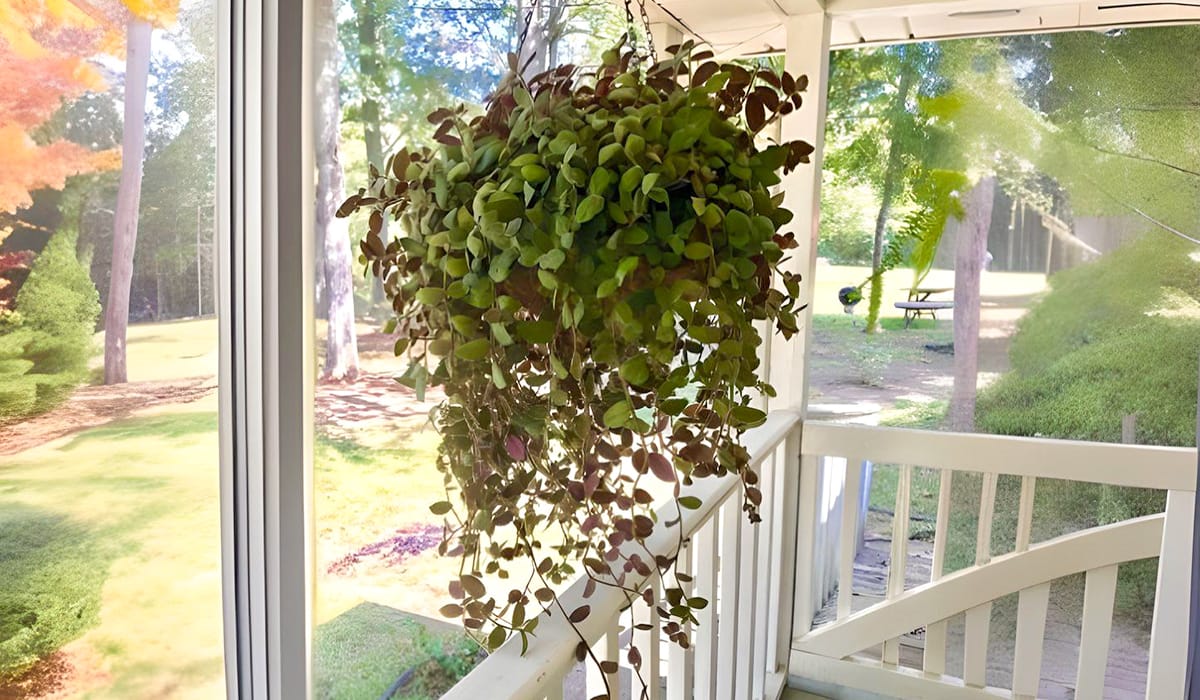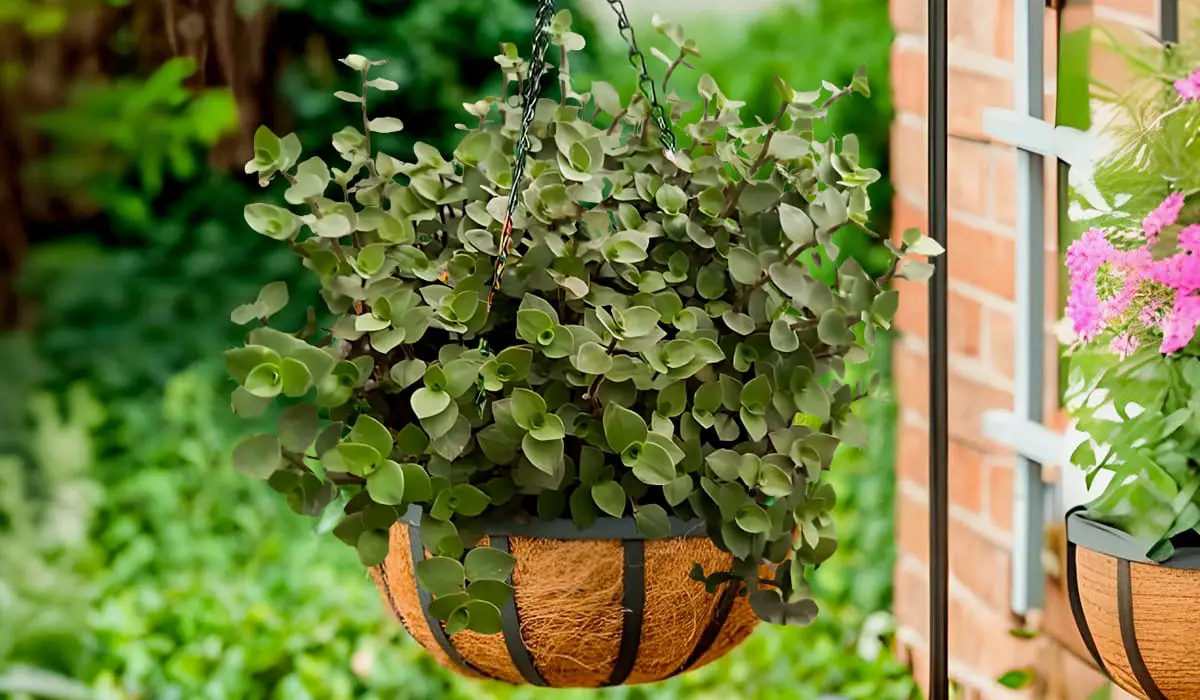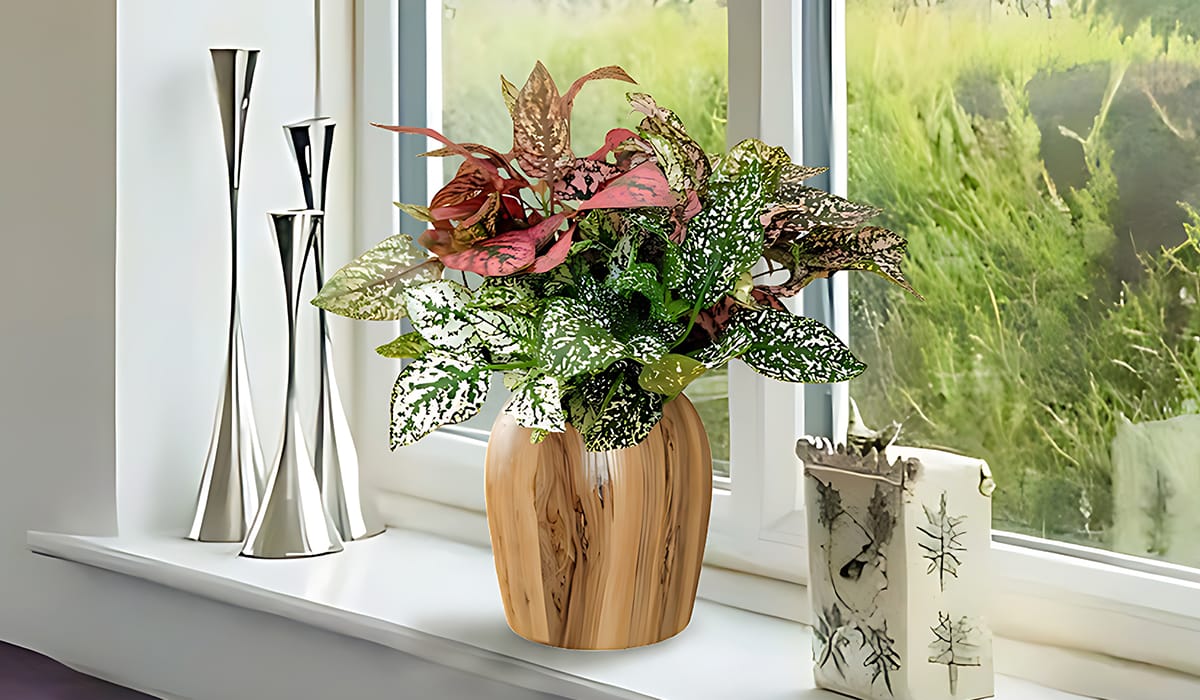Houseplants have become an integral part of interior décor, bringing a touch of nature into our homes. Among the many indoor plants available, the spider plant (Chlorophytum comosum) stands out not only for its air-purifying qualities but also for its ease of care and propagation. In this comprehensive guide, we will delve into the world of spider plant babies, offering insights on how to propagate and care for these charming green companions.
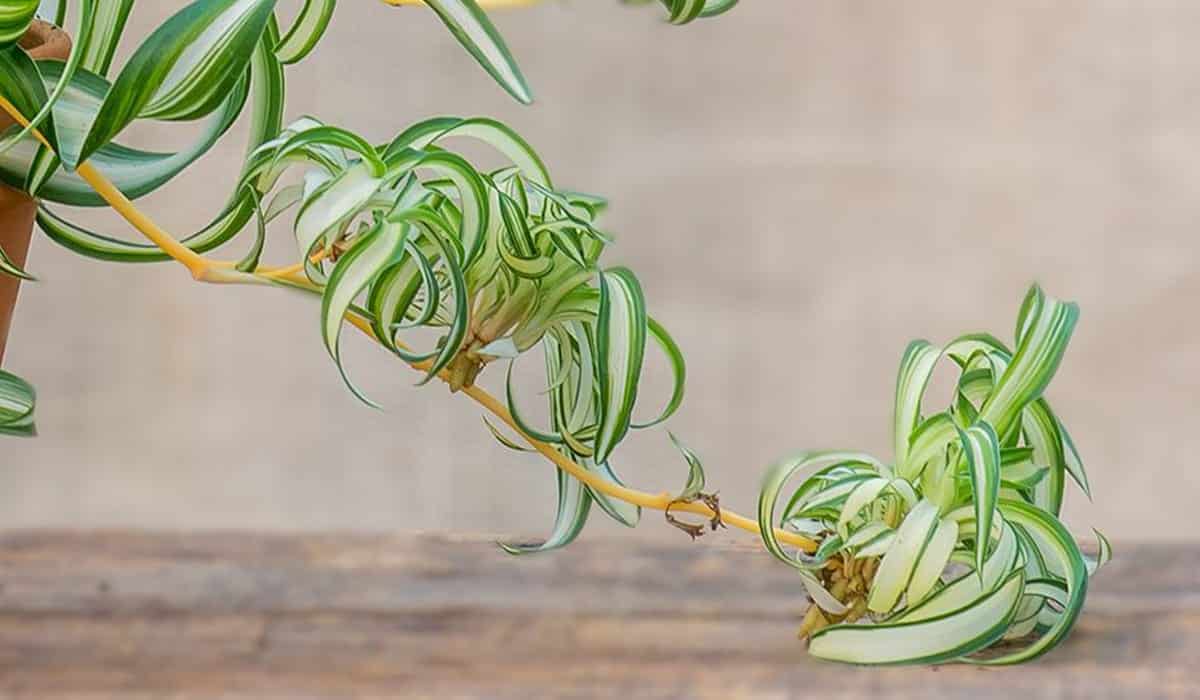
Spider Plant Babies
Spider plants are renowned for their ability to produce an abundance of "babies" or offshoots. These babies, technically known as plantlets, are miniature versions of the parent plant and can be separated to grow into independent spider plants. The process of cultivating spider plant babies is not only rewarding but also a great way to expand your indoor plant collection or share the joy of gardening with friends and family.
Propagation Methods for Spider Plant Babies
There are several methods to propagate spider plant babies, each with its own set of advantages. Here are the most common techniques:
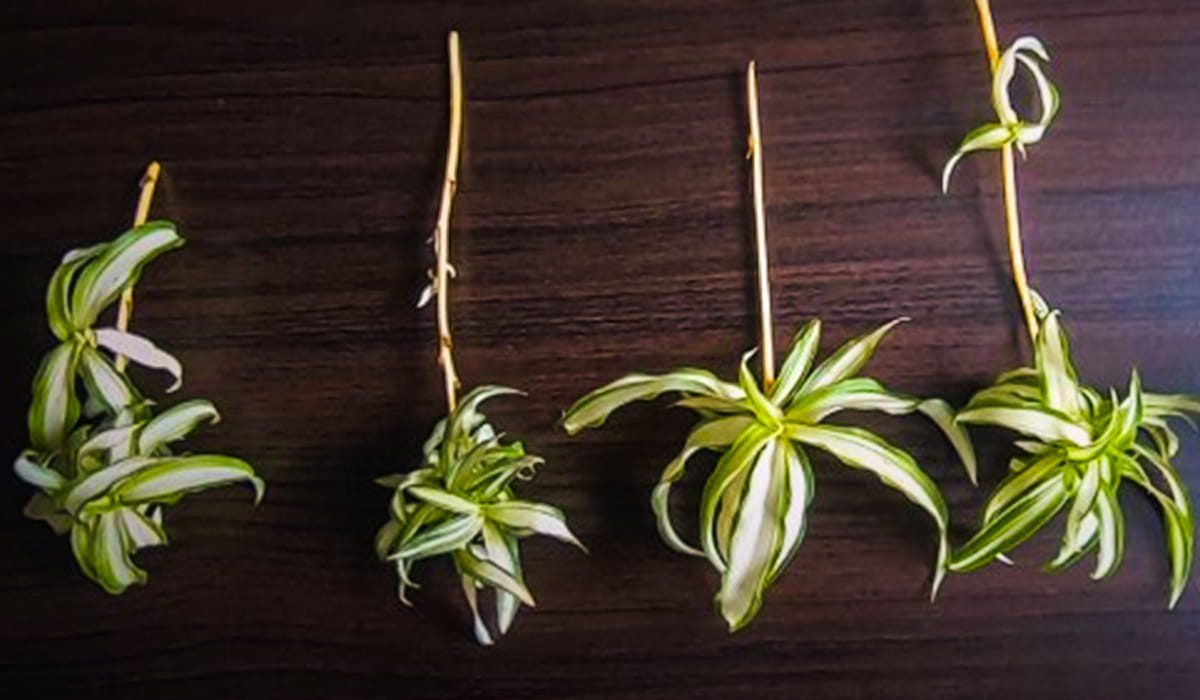
Division:
- Locate a mature spider plant with healthy babies.
- Gently remove the baby plantlet by carefully pulling it away from the parent plant.
- Ensure the baby has some roots attached.
- Plant the baby in a separate pot with a well-draining potting mix.
- Water it lightly and place it in indirect sunlight.
- Spider plant babies typically thrive in the same conditions as their parent plant.
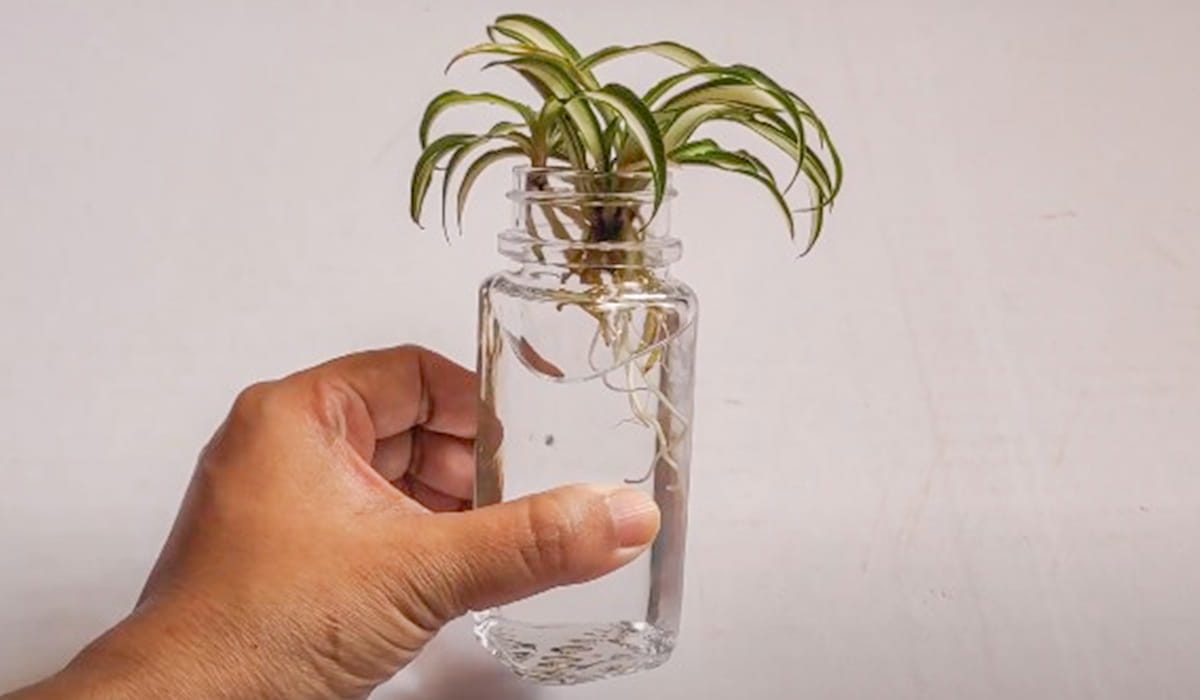
Water Propagation:
- Cut a baby spider plant with some roots attached.
- Place the baby in a glass of water, ensuring that the roots are submerged.
- Change the water every few days to prevent stagnation.
- Once the roots are a few inches long, transplant the baby into a pot with potting mix.

Soil Propagation:
- Take a baby spider plant with roots.
- Plant it directly into a pot with well-draining soil.
- Water it gently and keep the soil consistently moist but not soggy.
- Provide indirect sunlight to encourage growth.
Optimal Conditions for Spider Plant Babies
Spider plant babies, like their parent plants, thrive in certain conditions:
1. Light:
Spider plants prefer bright, indirect sunlight. Avoid exposing them to direct sunlight, as it can scorch their leaves.
2. Temperature:
Maintain a consistent room temperature between 65-75°F (18-24°C). Spider plants are sensitive to cold drafts.
3. Watering:
Allow the top inch of the soil to dry out before watering. Overwatering can lead to root rot, while underwatering can cause stress.
4. Humidity:
Spider plants appreciate higher humidity levels. You can increase humidity by misting the plants or placing a tray of water near them.
5. Fertilizing:
Feed your spider plant babies with a balanced liquid fertilizer diluted to half strength during the growing season (spring and summer) every 2-4 weeks.
Common Spider Plant Baby Care Issues
While spider plants are relatively easy to care for, they can encounter some common issues:
1. Browning Tips:
This is often due to fluoride or chlorine in the water. Use distilled or purified water to prevent this problem.
2. Yellowing Leaves:
Yellow leaves can result from overwatering or insufficient light. Adjust your care routine accordingly.
3. Pests:
Keep an eye out for common indoor plant pests like spider mites and mealybugs. Treat infestations promptly with insecticidal soap.
wrapping up
Spider plants and their babies are a delightful addition to any indoor garden. Their graceful arching leaves and air-purifying properties make them a favorite choice among plant enthusiasts. By understanding the propagation methods and providing proper care, you can watch your spider plant babies grow into healthy, vibrant plants that will continue to bring joy and greenery to your living space. So, roll up your sleeves, get your gardening gloves on, and start nurturing those spider plant babies today!
For more detailed information on Spider Plant care,
check out our article: Spider Plants – How To Plant, Grow, And Care Easy In House
Consider expanding your indoor plant collection with other easy-to-care-for plants like the ZZ Plant, Snake Plant, Spider Plants, and Chinese Evergreen Plant. Each of these plants offers its unique charm and benefits.
Thanks for reading this article. if you have any questions must comment and contact our team. don't forget to share this article with your friends.

